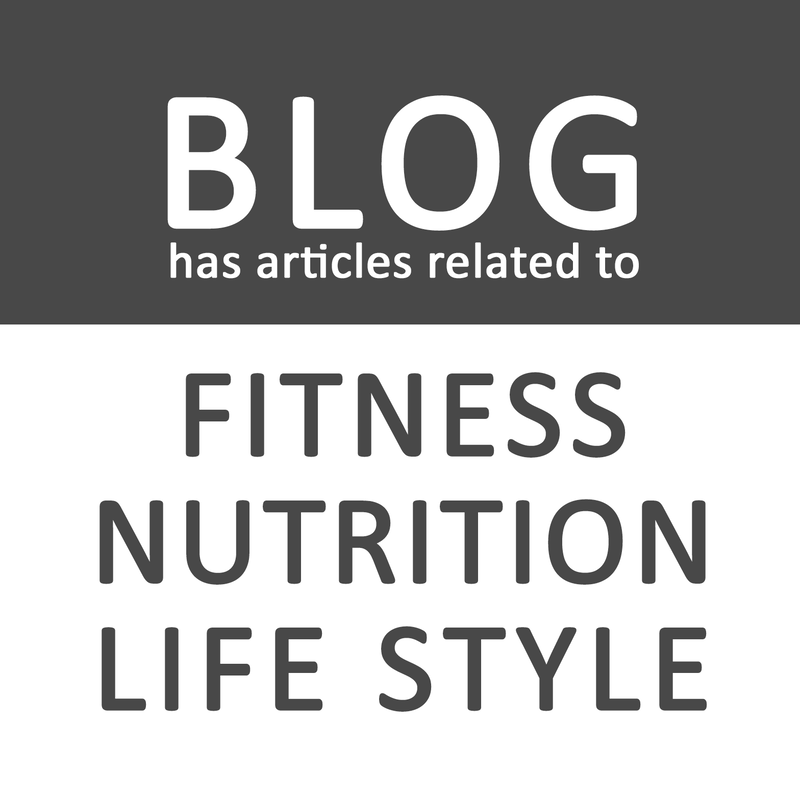|
Samba balances his energy with two daily walks.
He keeps fit and socialized by running and playing in the park three times a week. |
Lifestyle Find Yours.
Samba in front, followed by his friend Batucada. |
|
As we welcome the new year, join us in exploring the impact of harmful foods on your body. Discover the top three culprits that could be damaging your health and well-being. From insightful information about the Mediterranean diet's benefits to the pitfalls of harmful diets like Whole30, Atkins, and Ketogenic, this article has everything you need to start the year strong. Read on to make informed choices for a healthier you!
0 Comments
|
Our Blog Has Fitness, Nutrition and Lifestyle Articles.
|

